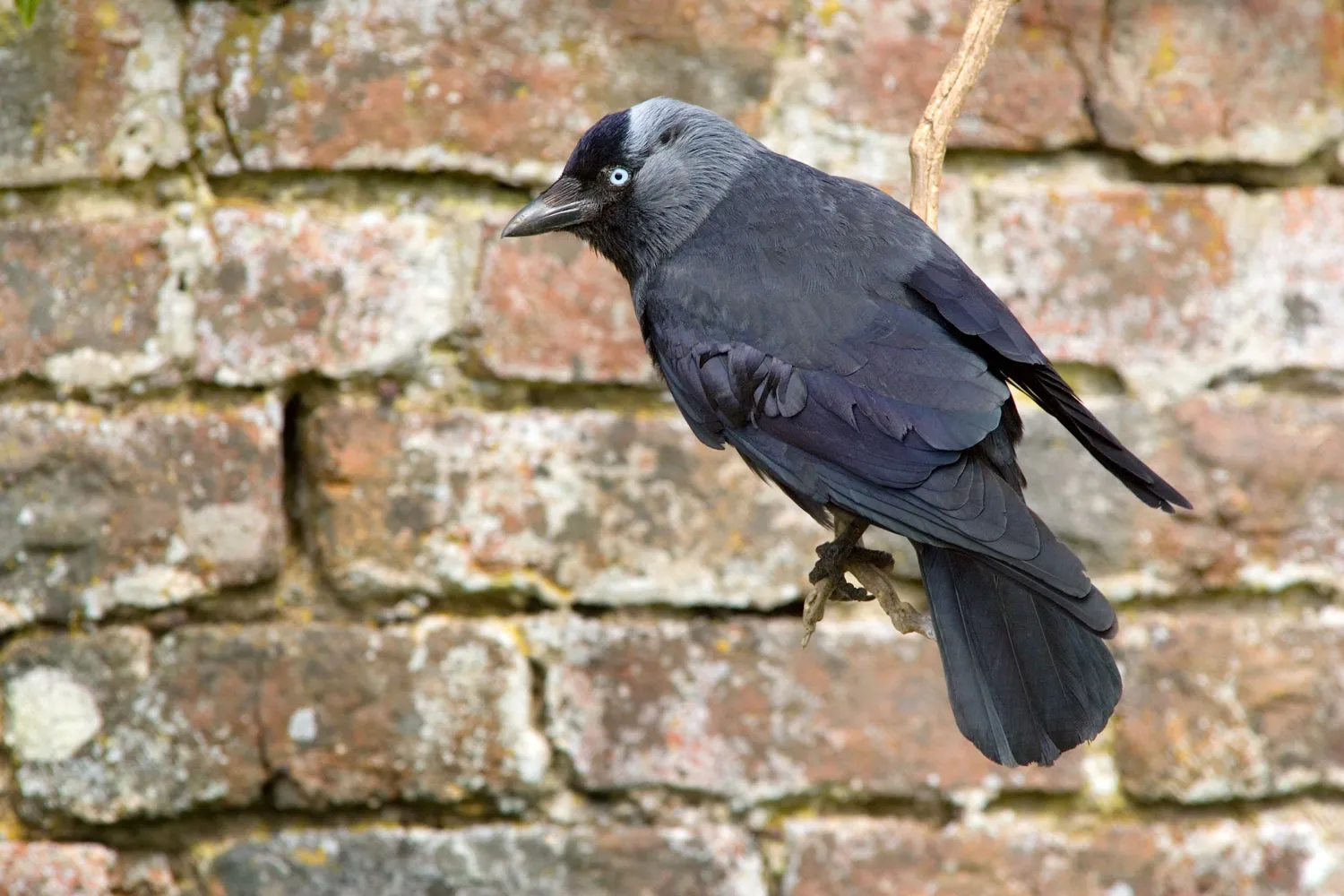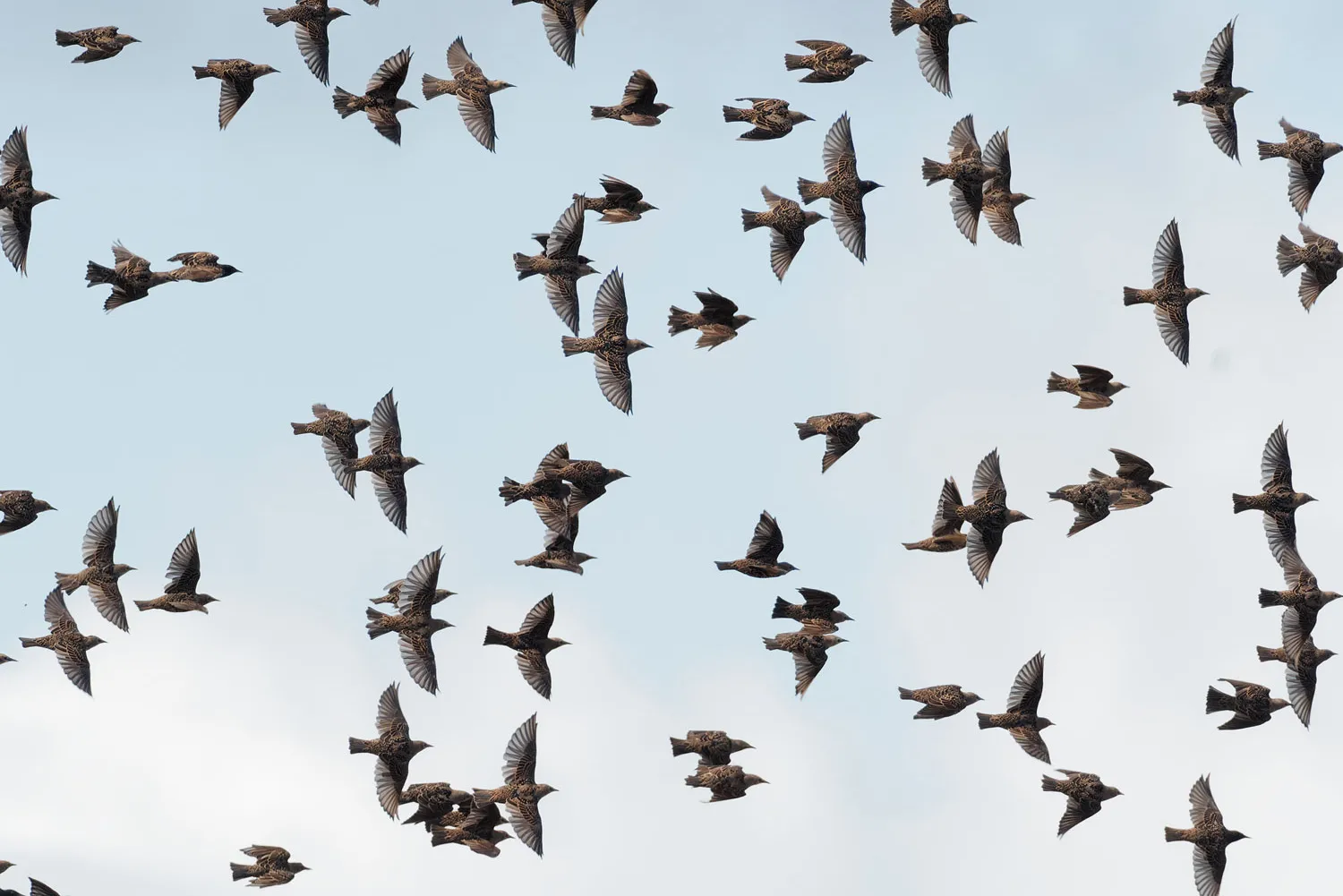Better cities for birds and people
Urbanisation is considered to be one of the leading threats to global biodiversity, and is usually associated with the loss of natural habitats, the alteration of ecological processes, and increased levels of anthropogenic disturbance. However, urban green spaces have significant potential to support and to enhance local biodiversity, additionally delivering important ecosystem services, such as climate change resilience and increased levels of human well-being. Examination of the relationships between different aspects of urban landscapes and the abundance of birds can inform our understanding of the impacts of urbanisation and shape planning responses.
BTO researchers have sought to characterise these relationships, and to then evaluate the potential for this knowledge to be used in predicting the consequences of future urban development on British bird communities. The results, published in the Journal of Applied Ecology, indicate that the responses to urban habitat are complex and species-specific, though still offering the potential for a tool to be developed that can deliver predictions based on different development scenarios. Incorporating ecological knowledge about birds into urban design could lead to future urban landscapes that are valued more highly by people, support more wildlife, and promote human well-being.

BTO staff have been able to demonstrate how species-habitat models, based on Breeding Bird Survey and other data, could provide a tool for urban planners that enables them to predict the likely biodiversity outcomes for different planning designs. We believe that such a tool could provide a cost-effective and data-driven approach to support green infrastructure and be of particular importance for urban planners in jurisdictions where such considerations are mandatory.
Find out more:
Cooper, J.E.J., Plummer, K.E. & Siriwardena, G.M. 2023. Using species-habitat models to predict bird counts from urban development plans. Landscape and Urban Planning 230 doi:10.1016/j.landurbplan.2022.104629
Cooper, J.E.J., Plummer, K.E., Middlebrook, I. & Siriwardena, G.M. 2024. Using butterfly survey data to model habitat associations in urban developments. Journal of Applied Ecology doi:10.1111/1365-2664.14583
Plummer, K.E., Gillings, S. & Siriwardena, G.M. 2020. Evaluating the potential for bird‐habitat models to support biodiversity‐friendly urban planning. Journal of Applied Ecology 57 doi:10.1111/1365-2664.13703)
